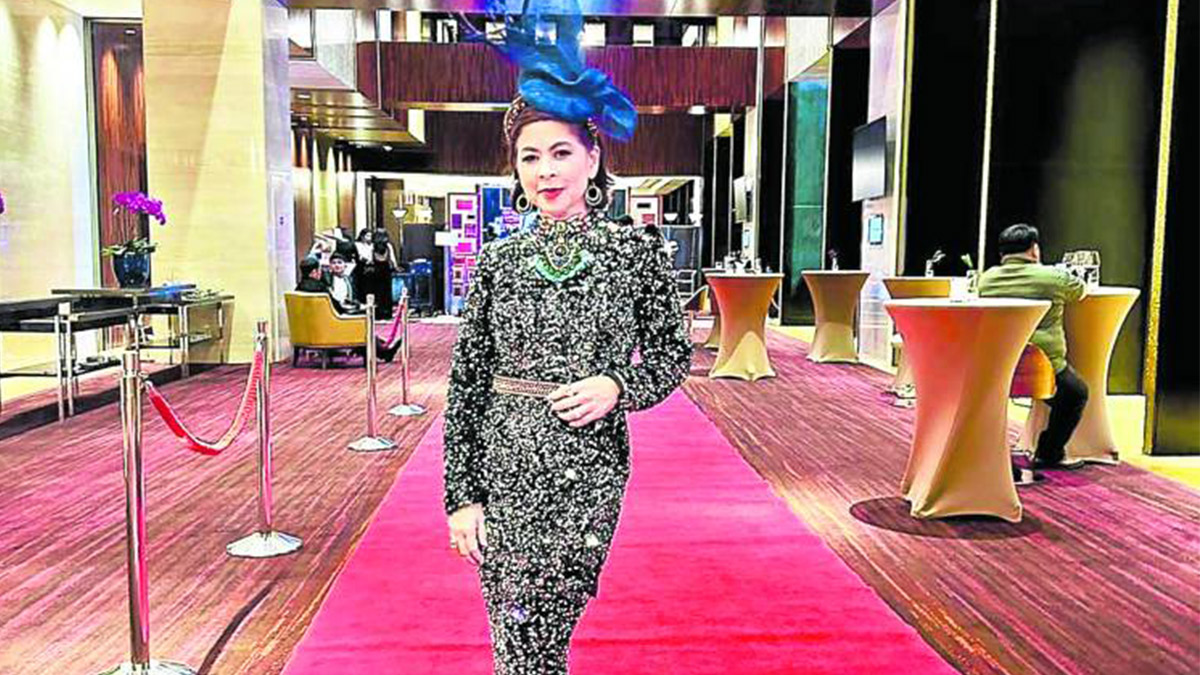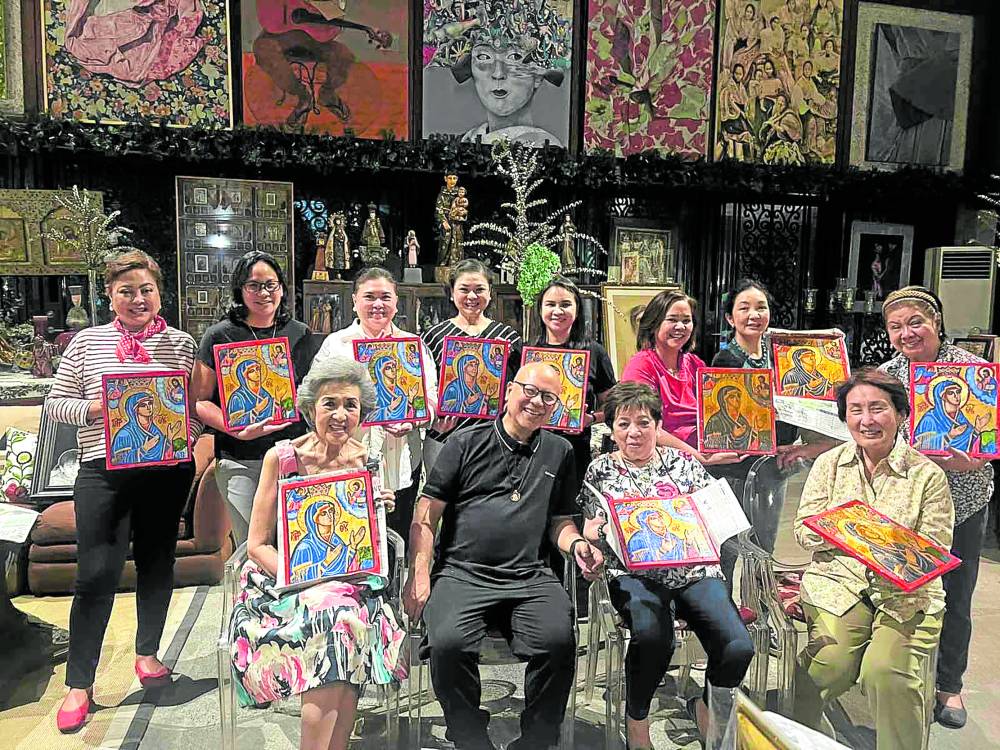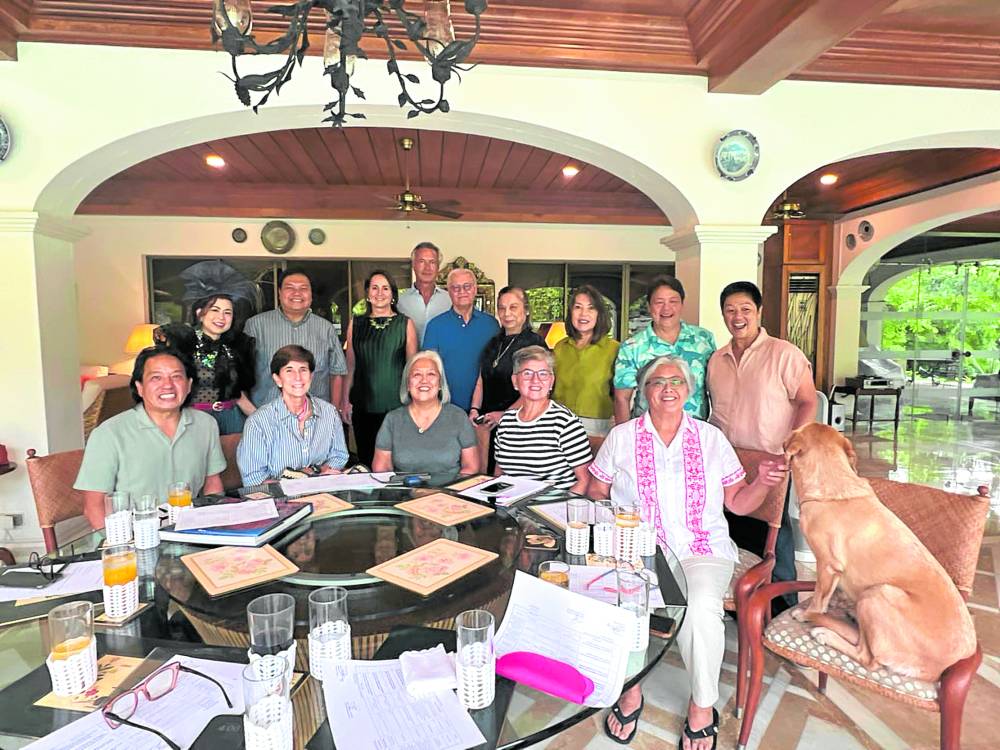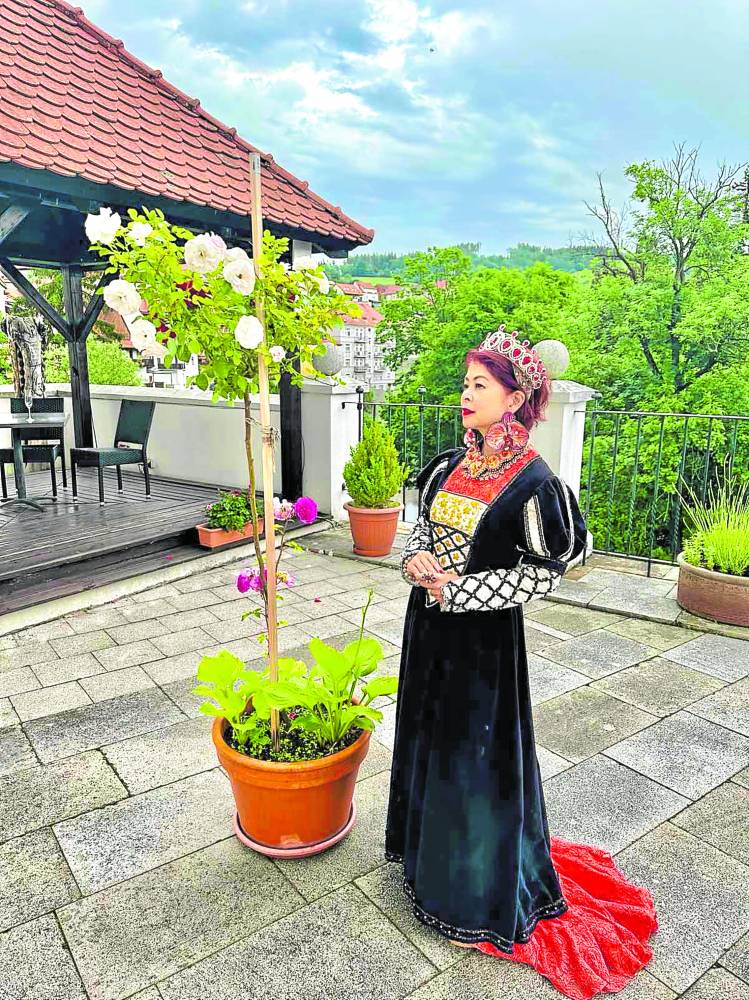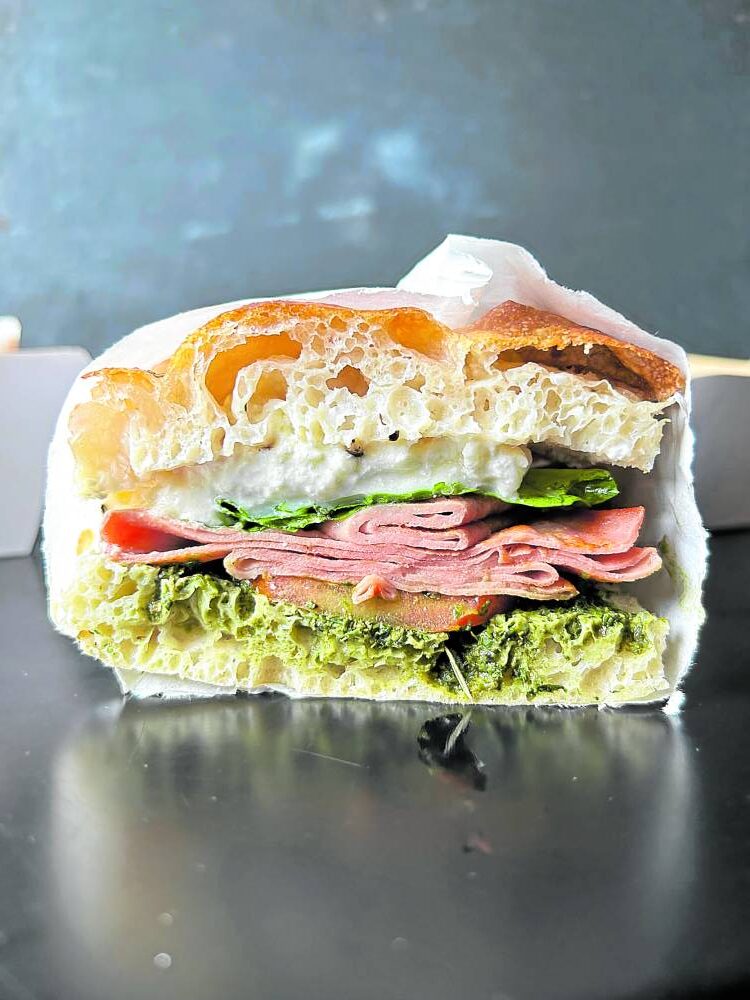April 12—Easter Sunday, The Resurrection of the Lord
Readings: Acts 10: 34A, 37-43, Psalm 118, R. This is the day the Lord has made; let us rejoice and be glad.; 1 Corinthians 5: 6B-8
Gospel: John 20: 1-9
“Then the other disciple also went in, the one who had arrived at the tomb first, and he saw and believed. For they did not yet understand the scripture that he had to rise from the dead.” (John 20: 8-9)
Our Easter Sunday Gospel ends with these lines that give us the testimony of John the Beloved’s love for Jesus.
This is the love of John the Beloved; a love that first understood the Resurrection of Jesus. It was the same love that brought John to the foot of the Cross, when everyone else hid in fear, to accompany Jesus’ mother.
It was to this love that Jesus, in his dying moments, entrusted his mother.
Over 30 years ago, Fr. Jean Louis-Ska, S.J., a Belgian Jesuit who is a scripture scholar, gave us our annual retreat. He proposed for our reflection the empty tomb that we encounter in today’s Gospel.
He said that the empty tomb is an equally powerful Christian symbol as the Cross. However, we tend to “shy away” from it. It is a “scary” symbol that represents the “uncharted territory” of our person.
It is that part of us that is “empty,” i.e., minus the trappings and props, and invites us to come face to face with the self. It confronts us with our authentic self.
This is partly our subconscious where we have buried certain experiences of our life and pretend they are no longer there, or hope they would disappear.
The reality, though, is they will always be part of us. We either heal them or they block us from becoming whole and reaching our full potential.
This is the gift of the Resurrection. It leads us to the empty tomb.
Like the women, Peter and John, we come to the empty tomb fresh from the crisis of the cross—in pain, disappointed, fearful, heartbroken.
The empty tomb opened a whole new set of emotions and thoughts. Peter was perplexed. The women had other fears and this why they sought Peter and John’s help. Did someone steal the body to further malign Jesus’ memory?
This is what we are going through now in this time of pandemic and the crises it has caused. We live in fear and uncertainty.
Signs of hope
We have signs of hope in the good and the kindness we witness from many people, but the uncertainty of what lies ahead keeps us unsettled.
Might it be possible that these signs of hope actually invite us to run to the empty tomb, like Peter and John?
Might it be possible that this forced isolation, this imposed solitude is an invitation—or an opportunity—to run to the empty tomb, to run to it and to enter?
Entering the empty tomb brings us to the heart of the resolution to the crisis. Just as the Passion and Death of Jesus brought the crisis to its climax, it was also the antithesis.
In the Passion and Cross we saw the fullness of the Christian paradox: “in dying we are born to eternal life,” “whoever loses his life for my sake will find it.”
We see in the Passion and Cross the antithesis. Suffering offered in love, in loving obedience, becomes the perfect sacrifice that is the antithesis, which in the Resurrection is taken up and integrated into the synthesis of the fullness of life promised by our Christian faith.
Synthesis
The synthesis in the Resurrection begins in and with the empty tomb. As the angel told the women in the Gospel of Matthew, “I know that you are seeking Jesus the crucified. He is not here, for he has been raised just as he said. Come and see the place where he lay.” (28: 5-6)
In today’s Gospel we see that the first to understand the empty tomb was John. This, perhaps, is the message of this Easter to us in this time of crisis.
The crisis brings us to the empty tomb with the lockdown and isolation. We can live in fear. We can live in denial and continue to busy ourselves with anything and everything. But we are by the empty tomb.
It invites us to enter. And like John, we must enter it and understand. “He saw and he believed.”
He saw not only with his mind, but with his heart. He understood because of his love for Jesus.
So it is in our empty tomb in this present crisis. We will not fully understand everything we are going through now and what lies ahead unless we begin to look at it with love.
The world came to a sudden halt with this pandemic, literally and figuratively. But with the stopping of so much human activity, the stopping of the machines, other things came to life.
Nature is healing. The skies are clearing and notice how many more birds are flying around. According to an ornithologist, they are actually singing more now because of the lower levels of noise pollution.
We pray, too, that humanity will heal. Let our spirit, as well as our body, heal and regenerate. Let our heart be still and let the eyes of our heart heal so that when we enter the empty tomb we may see and believe—the faith, the hope, the love that will make us live our life as a witness to the message of Easter: “It is true! The Lord has risen.” (Luke 24: 34) —CONTRIBUTED











